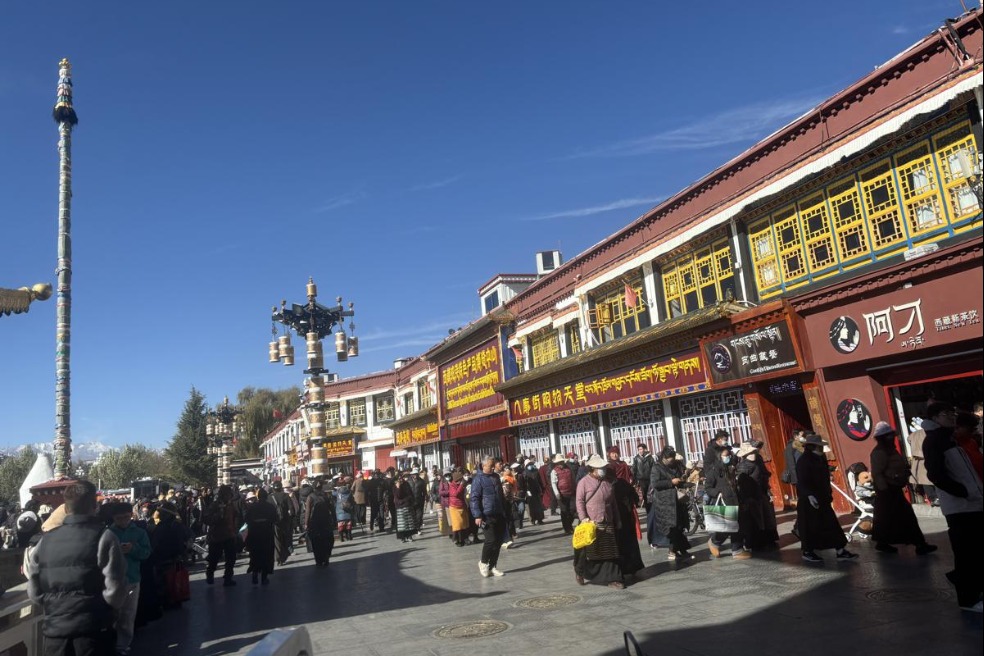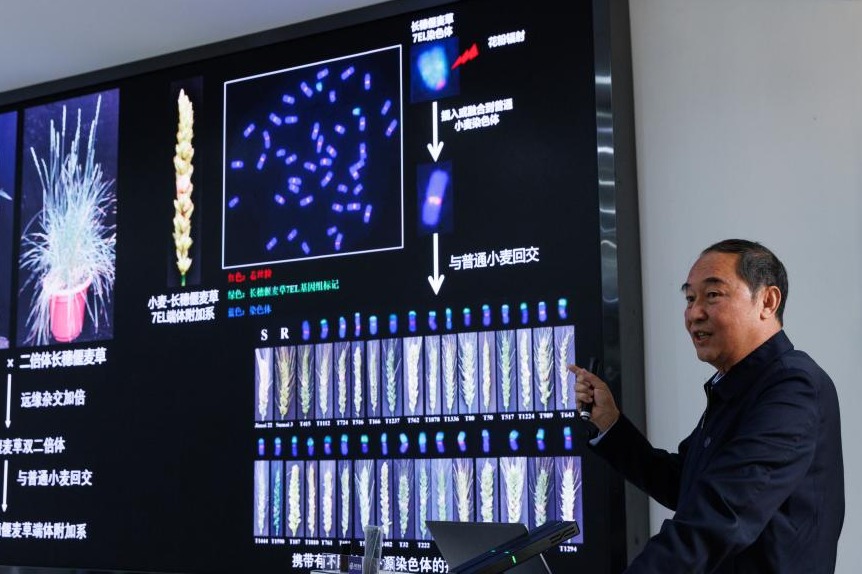What's on

Art movement
Songjiang, now a district of Shanghai, was a place favored by artists who sought to reinvigorate painting in the late Ming Dynasty (1368-1644) by emphasizing copying the works of old masters, their refined brushwork and the cultivation of a scholarly temperament. The movement pioneered by Dong Qichang and Shen Shichong became known as the Songjiang School. The influence of the school in Chinese art history is in the spotlight at an exhibition at Yunjian Arts Center. The show gathers hundreds of high-definition printed images, including those of the Songjiang School masterpieces, as cataloged in A Comprehensive Collection of Ancient Chinese Paintings, an ambitious project that took some 17 years to accomplish and traces the evolution of Chinese painting through the centuries. The exhibition, previously staged in Hangzhou, Zhejiang province, and the National Museum of China in Beijing, runs until Oct 8, and displays all 60 volumes of the catalog and representative examples from different periods, highlighting the influence of Dong's opinions on the work of artists across the country.
8:30 am-6:30 pm, closed on Mondays. 26 Renmin Nan Road, Songjiang district, Shanghai.
Design pioneer
Chen Zhifo (1896-1962) was a renowned figure in the flower-and-bird genre of Chinese painting. His work is characterized by meticulous detail and vivid colors. He was also an educator who taught important artists such as Wu Guanzhong (1919-2010). Chen's painting was greatly shaped by his study and practice of graphic design. Tribute to Design, an exhibition at Guan Shanyue Art Museum through to July 16, in Shenzhen, introduces Chen's accomplishment in designing graphic patterns, book covers and magazines. Juxtaposing his design work with his paintings, it reveals the links between them. Chen studied graphic design in Japan, during which he came to understand its importance in modern life, and he sees it as his mission to develop Chinese design. He found sources in the patterns and colors on antiques, classic art and folk crafts. He cataloged those motifs, wrote articles and published books so that his students and those in the industries could also be touched by the motifs of the country's cultural heritage and find ways to integrate them into their work.
9 am-5 pm, closed on Mondays.6026 Hongli Road, Futian district, Shenzhen, Guangdong province.0755-8306-3086.
Buddhist legacy
Workers at a school construction site in Qingzhou, Shandong province, unveiled a long-hidden treasure trove of an ancient Buddhist center in 1996, which would amaze the world. The discovery led to archaeologists uncovering the site of Longxing Temple, built around the fifth century, and more than 400 statues that had been buried. These exemplify the past glories of Qingzhou as a pioneer of exchanges on Buddhism. Selected examples from this historic excavation are now on show at Smiling for a Thousand Years, running at Suzhou Museum through to Oct 8. The statues span more than five centuries, although most belong to the sixth century. The intricate raised patterns, colors and gilding capture the fine sculpting techniques at the time and Qingzhou's vitality as a Buddhist center. Many of the sculptures have a high back screen, a distinctive feature that is known as the "Qingzhou style". Since being excavated, Qingzhou's figures have been exhibited at home and abroad. The discovery was ranked among the top 10 national archaeological findings that year. In 2021, it was named among the top 100 archaeological discoveries of China over the past century.
9 am-5 pm, closed on Mondays.204 Dongbei Street, Suzhou, Jiangsu province. 0512-6757-666.
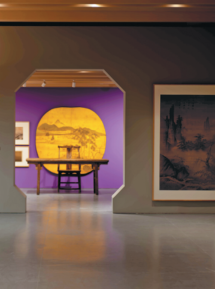
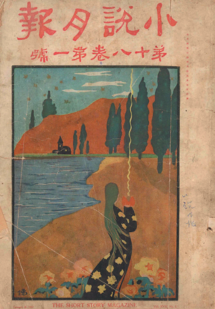
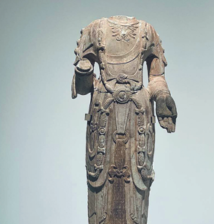
Today's Top News
- Effective use of investment emphasized
- China's shuttle diplomacy strives to reach ceasefire
- Nanjing Museum's handling of donated art, relics being probed
- Key role of central SOEs emphasized
- New travel program hailed as 'milestone'
- Animated films top draw at box office


















